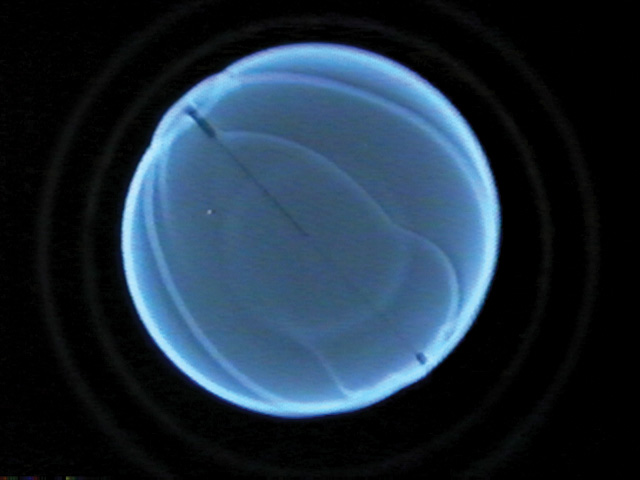
As more countries around the world commit to net-zero carbon emissions by 2050, industry groups are following suit. Among them, the members of the International Air Transport Association who announced a commitment to take action to cut emissions among global airlines in October.
Aviation accounts for about 2.5 percent of global carbon dioxide (CO2) emissions, the greenhouse gas that's a major contributor to global warming. While the automobile industry has begun shifting to hybrid vehicles and electric vehicles to reduce emissions, similar approaches within aviation prove more challenging to implement.
"Electric and hybrid engine systems might work for very small airplanes but they are currently impractical for large passenger aircrafts that require a fuel with high energy density," said Li Qiao, professor of aeronautics and astronautics. "Even the best lithium-ion batteries available today have only less than one-tenth the energy density compared to liquid hydrocarbon fuels."
Every ounce counts when calculating an aircraft's payload. The amount of batteries required to power a large passenger plane would drastically increase the plane's mass, requiring more lift. Alternative fuels such as ethanol require more space, which would increase the plane's volume and necessitate a massive fuel tank that would increase drag.

A hydrogen flame showing a blue color obtained from an experiment in Qiao's propulsion and energy lab.
To meet the ambitious goal of net-zero emissions by 2050, the aviation industry needs to identify alternative fuels that provide comparable ratios of energy density as the current kerosenebased jet fuels.
"There are two key factors critical to innovating low-carbon technologies over the next few decades," Qiao said. "One is new engine and aircraft designs that enhance efficiency. The other is developing sustainable aviation fuels, such as hydrogen."
While liquid hydrogen shows promise as a light-weight sustainable fuel, its physical and chemical properties present challenges to traditional aircraft engine design, which is why understanding how hydrogen behaves during combustion is essential to determining its feasibility as an alternative fuel. Qiao's propulsion and energy lab studies how fuel burns using high-speed optical methods and advanced laser diagnostics.
"Hydrogen is a very interesting fuel," Qiao said. "It has high reactivity, fast diffusion, short ignition delay and fast flame propagation speed. All of these unique characteristics will lead to combustion design challenges. To address these challenges, we must understand fundamentally the chemical kinetics, turbulence and chemistry interaction, thermoacoustic instabilities and flashback of hydrogen."
Hydrogen has the highest specific energy per mass of any fuel, however its low ambient temperature density results in a lower energy density by volume which presents its own challenges for onboard storage.
"Using hydrogen as a replacement for liquid transportation fuels is a challenge for aviation applications," Qiao said. "The volumetric energy density of hydrogen must be significantly increased through revolutionary storage technologies."
Whether hydrogen is the solution or some other alternative emerges, Qiao is confident in the industry's ability to meet the goal of net-zero emissions by 2050.
"Meeting the critical challenge of climate change represents tremendous opportunities for scientific breakthroughs and technological innovation. Partnership between industry, government labs and academic research intuitions is key to finding novel solutions to meet increasing energy demand and reduce emission."